Key Digital Marketing Statistics for 2025
The digital marketing landscape is in constant flux. What worked yesterday might be obsolete today, and staying ahead requires a keen understanding of current trends and performance benchmarks.
As we navigate 2025, data isn’t just helpful; it’s essential for crafting effective strategies that drive growth, engagement, and return on investment (ROI).
The global digital marketing market itself reflects this growth, predicted to hit a staggering $472.5 billion in 2025 (Source: Hostinger). Understanding the statistics behind this booming industry allows businesses to allocate resources wisely, optimize campaigns, and ultimately, achieve their goals.
This blog post dives into the key digital marketing statistics shaping 2025 across various channels. Use these insights to benchmark your performance, identify opportunities, and build a data-driven marketing plan for success.
AI in Marketing
Artificial Intelligence (AI) is no longer a futuristic concept but a present-day reality, fundamentally changing how marketers work.
Rapid Market Growth
The ‘AI in Marketing’ market is projected to grow at a CAGR of 26.7%, reaching $217.33 billion by 2034 (Source: DMI).
Widespread Adoption
85% of marketers already use AI tools for content creation and optimization (Source: CoSchedule), and 73% use AI tools regularly for various tasks (Source: Exploding Topics).
Key Use Cases
Top applications include content optimization (51%), content creation (50%), brainstorming (45%), and task automation (43%) (Source: SurveyMonkey via DMI).
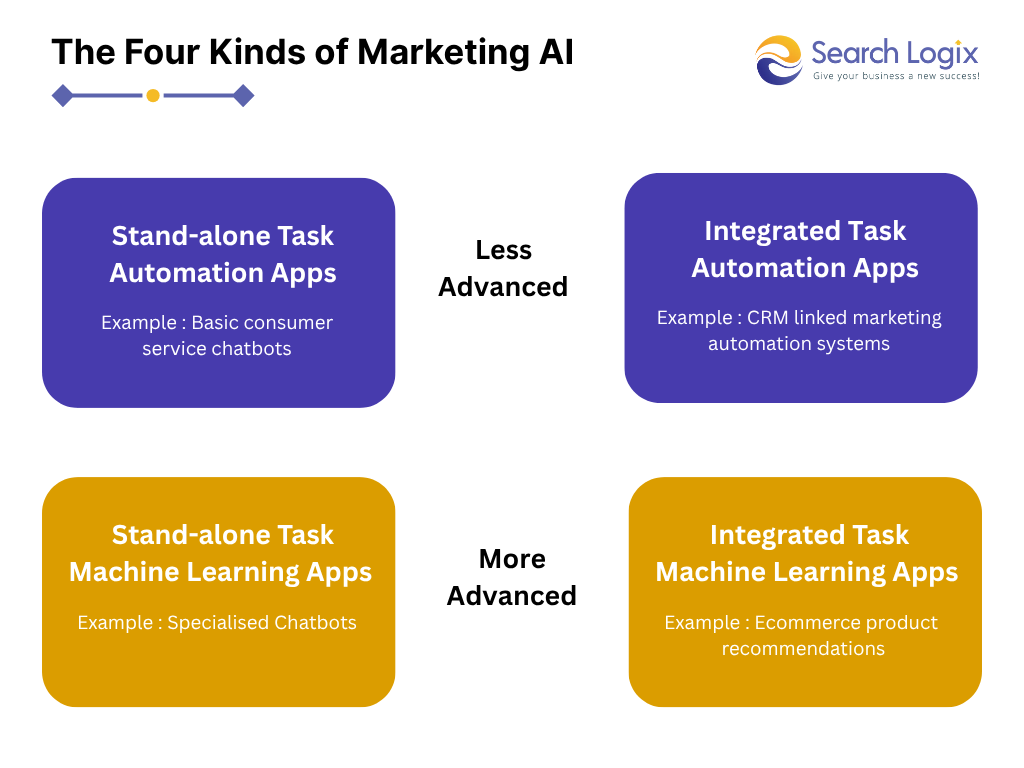
Performance Boost
Marketers using AI are 25% more likely to report content success, and 83% report increased productivity, saving over 5 hours per week on average (Source: CoSchedule).
Challenges Remain
Concerns include quality/accuracy (31%), uncertainty about safe usage (39% avoid due to safety concerns), and a lack of formal training (70% report no employer-provided gen AI training) (Source: DMI, Salesforce).
Key Takeaway
AI offers significant advantages in efficiency, personalization, and data analysis. Embrace AI-based marketing tools strategically, but invest in training and establish guidelines for ethical and effective use. Focus on how AI can free up human talent for more strategic activities.
SEO in 2025: Adapting to AI and User Intent
Search Engine Optimization (SEO) remains a cornerstone of digital visibility. Driving qualified traffic organically is crucial for sustainable growth.
Organic Search Dominance
Despite the rise of other channels, organic search still accounts for 53% of all website traffic (Source: Embryo Agency via Exploding Topics). This highlights its fundamental importance.
The Power of Page 1 on Google
Ranking matters immensely. The top 3 Google search results capture 54% of all clicks, and a mere 0.44% of users venture to the second page (Source: Up Inc. & Backlinko via Exploding Topics). Moving up just one spot on page one can boost CTR by over 32%.
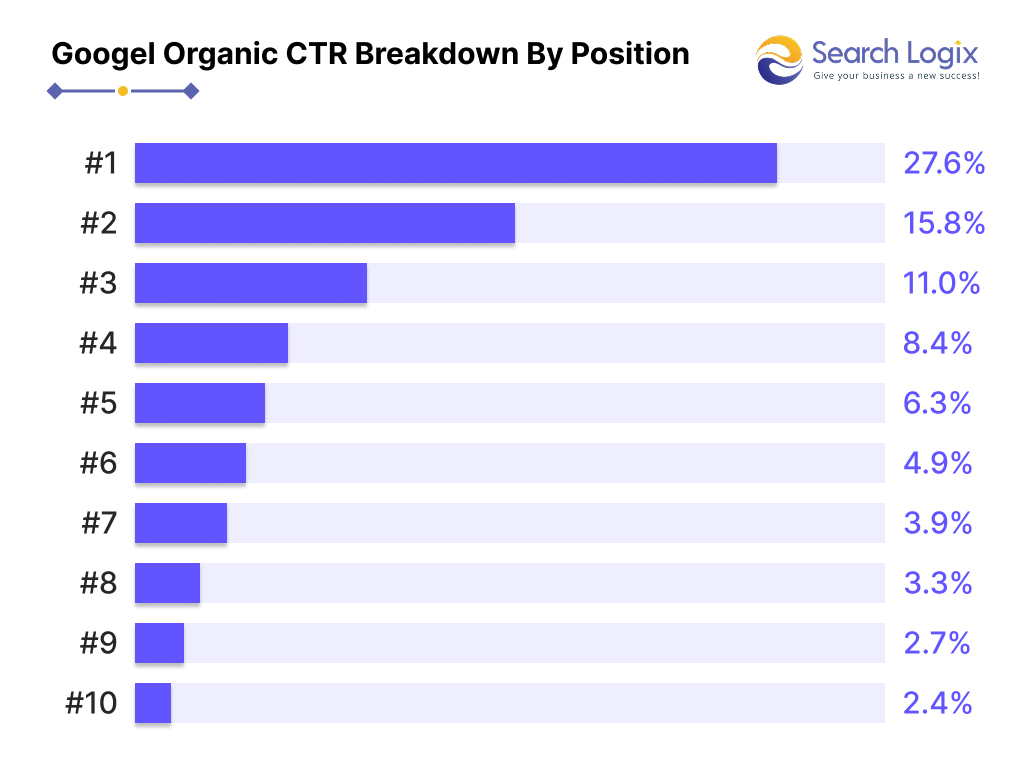
The AI Revolution in Search
Generative AI is significantly impacting search. One analysis found 80% of queries triggered AI Overviews in Google Search (Source: Mark Williams-Cook via Exploding Topics).
This necessitates adapting strategies for “Answer Engine Optimization” alongside traditional SEO. However, while AI search tools are growing, Google still dominates overall search volume.
Local Intent is High
A significant 46% of all Google searches are looking for local information (Source: Embryo Agency via Exploding Topics). Furthermore, 88% of consumers call or visit a local store within 24 hours of searching (Source: Embryo Agency via Exploding Topics), making local SEO vital for brick-and-mortar businesses.
Mobile is Mandatory
Google commands 95% of the mobile search engine market (Source: GS Statcounter via Exploding Topics). Globally, mobile devices account for 59% of all internet traffic (Source: Statista via Exploding Topics). A mobile-first SEO strategy is non-negotiable.
Proven SEO ROI
SEO delivers substantial returns across various sectors. Examples include Real Estate (1,389% ROI) and B2B SaaS (702% ROI) (Source: Exploding Topics).
Key Takeaway
SEO in 2025 requires a blend of technical proficiency (HTTPS, structured data, site speed), adapting to AI-driven search results, prioritizing mobile optimization, and focusing on local search intent where applicable.
Content Marketing Stats for 2025
Content remains king, acting as the fuel for most digital marketing activities. It builds trust, educates audiences, and drives conversions.
Efficiency and Lead Generation
Content marketing generates 3 times as many leads as traditional outbound marketing and costs 62% less (Source: Content Marketing Institute).
B2B Success
87% of B2B marketers successfully used content to create brand awareness, with 74% generating demand/leads (Source: Taboola). Blogs remain popular, used by 76% of marketers (Source: Hostinger).
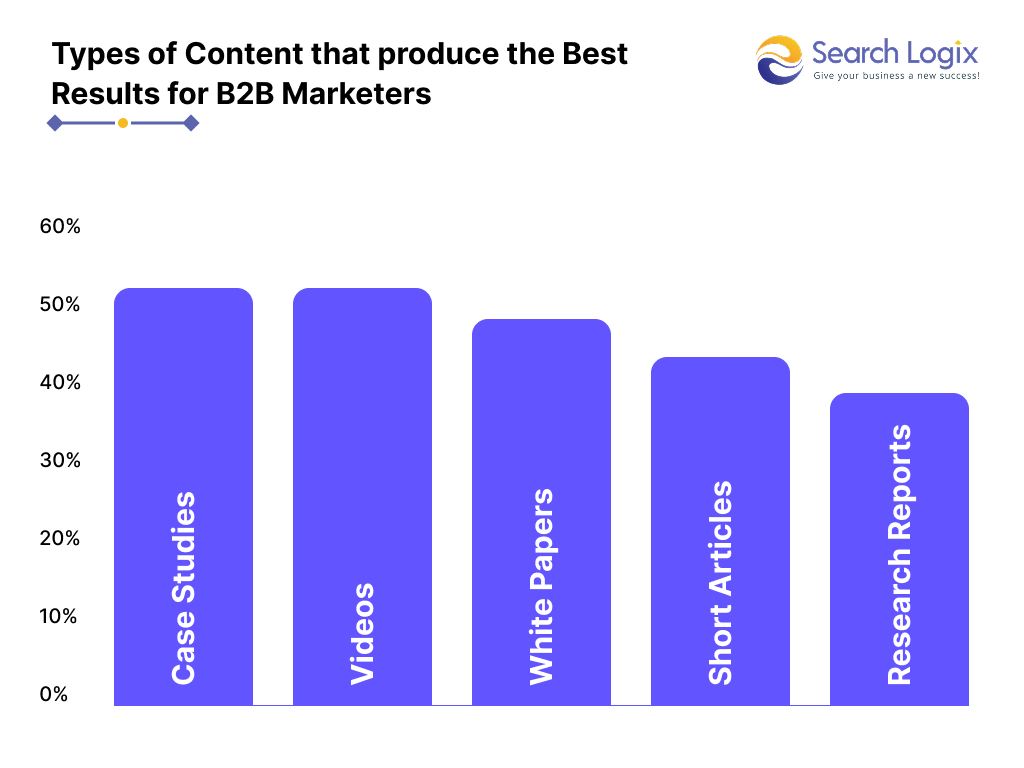
Video and Thought Leadership Lead Investment
For 2025, B2B marketers expect increased investment primarily in videos (61%) and thought leadership content (52%) (Source: Taboola).
Content Drives Revenue
58% of B2B marketers report an increase in sales and revenue directly attributable to their content marketing efforts (Source: Taboola).
Budget Allocation
On average, businesses dedicate 25% to 33% of their total marketing budget to content marketing (Source: WebFX via Taboola).
Key Takeaway
Focus on creating high-quality, audience-centric content. Video continues its reign, but diverse formats tailored to different stages of the buyer journey are crucial. Measure success not just by traffic, but by leads generated and impact on sales revenue. Repurposing content across channels maximizes efficiency.
Social Media Marketing Stats for 2025
Social media is more than just a place to connect; it’s a powerful marketing channel for brand building, lead generation, and even direct sales.
Time Spent and Consumption
Users spend an average of 2 hours and 19 minutes daily on social media, engaging with roughly seven different platforms each month (Source: ClearVoice).
Advertising Powerhouse
Global social media ad spend is projected to reach $247.3 billion by the end of 2024, overtaking paid search as the top channel. Meta (Facebook/Instagram) is projected to exceed linear TV ad revenue by 2025 (Source: ClearVoice).
Key Benefits for Marketers
Top advantages cited by marketers include increased exposure (80%), expanded traffic (73%), and lead generation (65%) (Source: ClearVoice).
Platform Landscape
YouTube boasts the largest advertising reach (2.53 billion monthly users), while TikTok leads for branded influencer marketing campaigns (used by 68.8% of brands) (Source: ClearVoice).

Engagement Varies
Engagement rates can be low, especially on platforms like Facebook (average 0.07%). On Instagram, photo posts currently see the highest engagement for business accounts (2.69%) (Source: ClearVoice).
AI Integration & Hesitancy
While 71% of social media marketers use AI tools and 87% deem them essential, 62% of consumers report being less likely to trust or engage with AI-generated content (Source: ClearVoice).
Key Takeaway
A mobile-first social strategy is essential. Short-form video remains critical (81% of consumers want more). Understand platform nuances for advertising and engagement. Balance the efficiency gains from AI with the need for authenticity to maintain consumer trust.
Email Marketing Stats for 2025
Despite the buzz around newer channels, email marketing continues to deliver exceptional returns and remains a critical communication tool.
Unbeatable ROI
Optimized email marketing campaigns generate an average $36 in ROI for every $1 spent (Source: Taboola), making it one of the most cost-effective channels.
Strong Engagement (Industry Dependent)
Average open rates across industries hover around 42.35%, with click rates at 2.00% (Source: MailerLite 2025 Benchmarks). However, these vary significantly by sector (e.g., Religion and Hobbies often see open rates over 50%).
Personalization is expected
AI is increasingly used here, with 73% of marketers saying AI plays a key role in crafting personalized customer experiences via channels like email (Source: SurveyMonkey via DMI).
Mobile Dominance
47% of people prefer checking emails on a mobile device, and mobile accounts for a large share of email views (Source: WebFX).
Key Takeaway
Focus on list segmentation, personalization, and compelling subject lines to maximize open and click rates. Ensure all emails are mobile-responsive. Regularly clean your lists and A/B test different elements to continuously improve performance.
PPC Advertising Stats for 2025
Pay-Per-Click (PPC) advertising offers immediate visibility and targeted reach, but requires careful management in an increasingly competitive and expensive landscape.
Massive Investment
Global spending on search advertising is projected to reach $351.55 billion in 2025 (Source: Digital Silk). US mobile ad spending alone is expected to hit $228.12 billion (Source: Digital Silk).
Shifting Platform Dynamics
While Google remains dominant, its share is being challenged. Amazon’s US search ad spend share is projected at 22.3% (Source: Digital Silk). Smart marketers are diversifying budgets, allocating 10-15% to platforms like Amazon, Bing, and even TikTok Search.
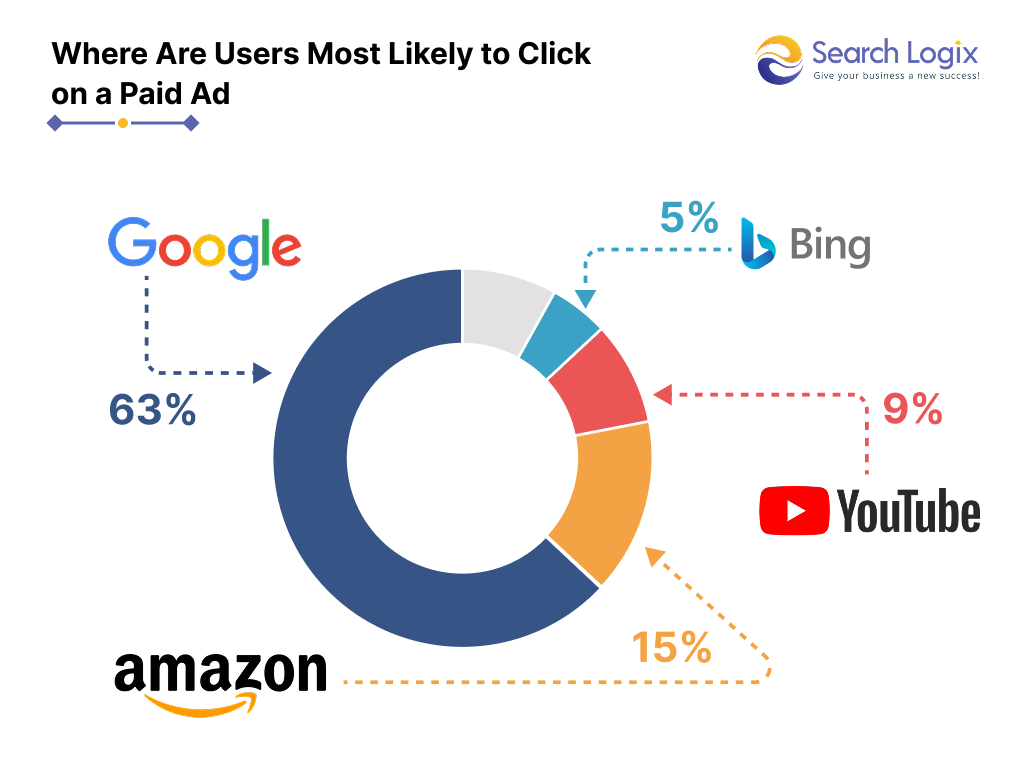
Costs and Spends
Average Cost Per Click (CPC) generally falls between $2-$5 but varies significantly by platform and industry (e.g., Google Ads ~$2.59, LinkedIn Ads ~$5.26) (Source: Linear, Digital Silk).
Mobile is Key
Mobile devices generate 52% of PPC ad clicks and 70% of search ad impressions in the US (Source: Digital Silk).
AI Adoption
75% of PPC professionals use AI (primarily for ad copywriting), with 71% reporting satisfaction with the results (Source: Digital Silk).
Key Takeaway
Rising costs necessitate a focus on efficiency (ROAS) and strategic diversification beyond Google Ads. Optimize landing pages relentlessly – dedicated pages can lift conversions by 65% (Source: Digital Silk). Leverage AI for campaign optimization and adopt a mobile-first approach.
Video Marketing Stats for 2025
Video continues its meteoric rise, captivating audiences and proving effective across the marketing funnel.
Continued Investment
93% of marketers plan to maintain or increase their video marketing spend in 2025, with 48% planning an increase (Source: Wyzowl via WordStream).
Dominating Internet Traffic
Video accounted for 65% of all internet traffic back in 2022, a figure likely higher now with easier AI creation tools (Source: Sandvine via WordStream).
Platform Preference
YouTube has overtaken Instagram and Facebook as the top platform for brands, according to HubSpot’s 2024 report (Source: ClearVoice).
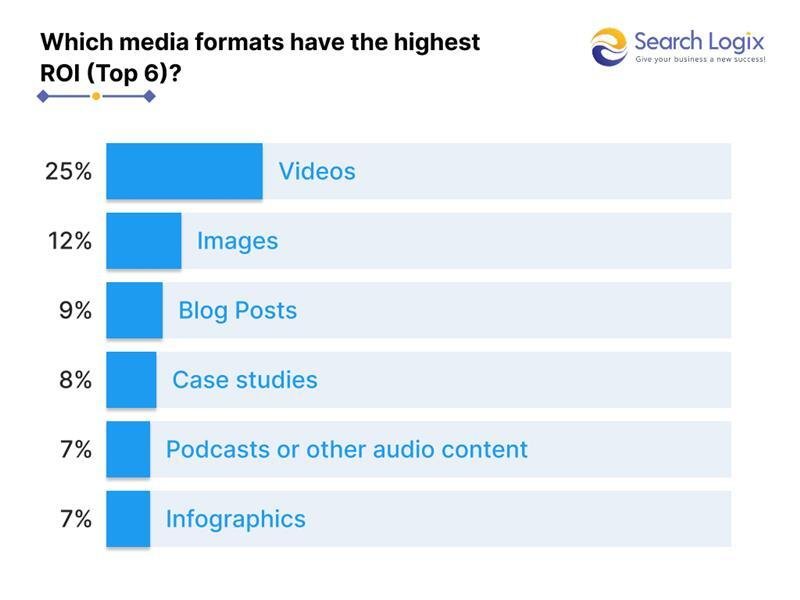
High ROI Potential
67% of marketers state that social videos yield the biggest ROI of any marketing strategy (Source: Wyzowl via Taboola).
Key Takeaway
Video is essential. Embrace short-form video for social platforms, but also explore longer-form content for education and brand storytelling. Leverage AI tools for production efficiency and repurpose video content across multiple platforms. Consider incorporating live streams and experiential marketing.
Mobile Marketing Stats for 2025
Mobile devices are ubiquitous, making mobile marketing an indispensable part of any comprehensive strategy.
Primary Traffic Source
Mobile phones generate 61% of all website traffic (Source: WebFX).
Significant Ad Spend
US mobile advertising expenditure is projected to reach $228.12 billion in 2025 (Source: Digital Silk).
M-Commerce Boom
Nearly 73% of all e-commerce sales in 2025 are expected to come from mobile devices (Source: WebFX/The Gutenberg).
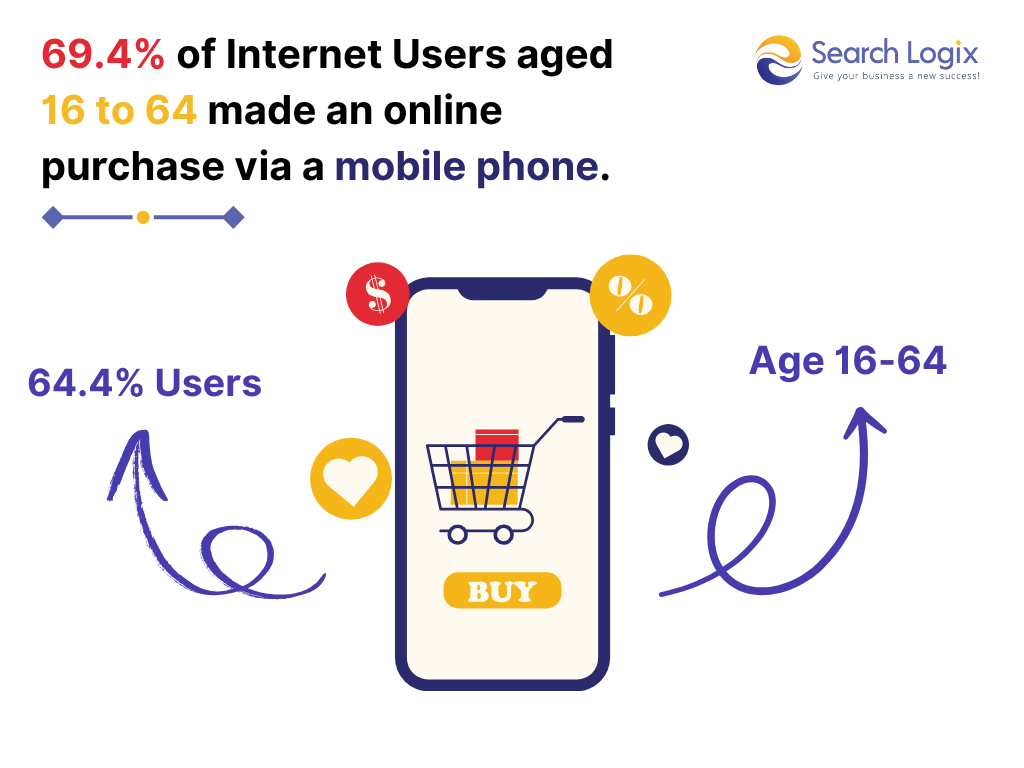
Essential for User Experience
Google uses mobile-first indexing, and 61% of users view mobile-friendly websites more positively (Source: WebFX).
Key Takeaway
Optimize every digital touchpoint for mobile – website, emails, ads, social content. Focus on page speed, responsive design, and seamless user journeys. Leverage mobile-specific tactics like SMS marketing, mobile app engagement, and location-based targeting.
Influencer Marketing Stats for 2025
Influencer marketing leverages the trust and reach of individuals to connect with specific audiences authentically.
Exceptional ROI Potential
Influencer marketing can yield 11 times the ROI of traditional digital marketing methods, with an average earned media value of $4.12 per $1 spent (Source: Global Banking & Finance, House of Marketers).
High Consumer Trust
69% of consumers trust influencer recommendations, significantly impacting purchasing decisions, especially among Gen Z (44% trust) and women (53% made purchases based on posts) (Source: Meltwater, House of Marketers via GB&F).
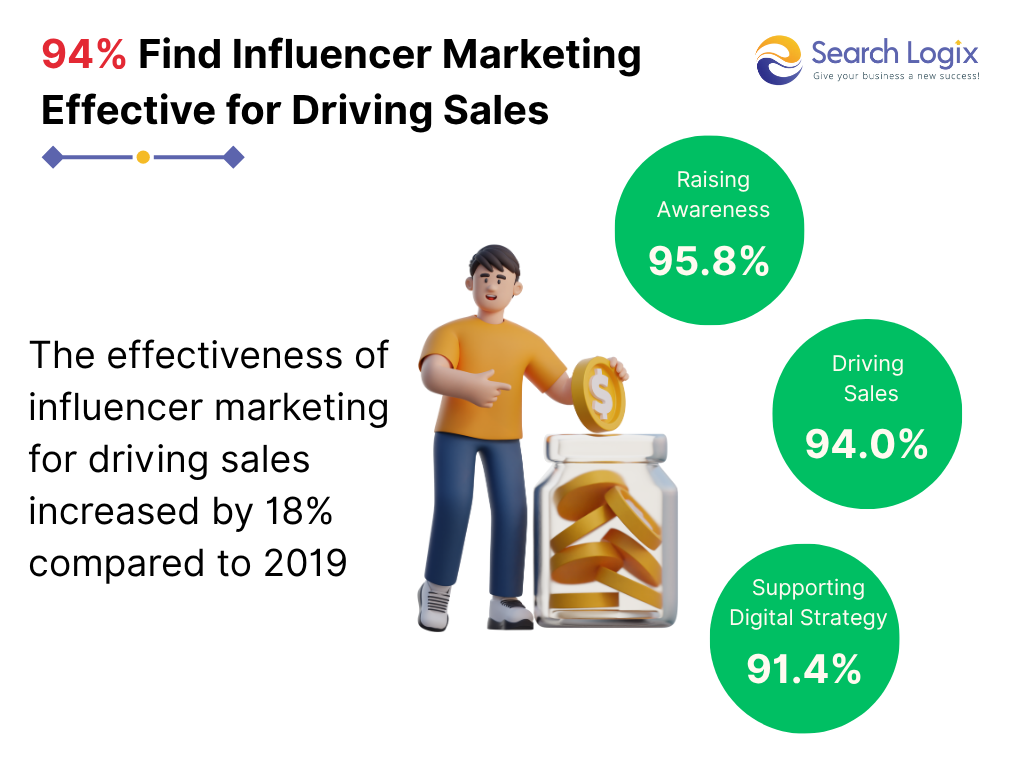
Micro/Nano Influence
Smaller influencers (nano: <10k followers) often drive higher engagement rates and impressive ROI due to their niche audiences and perceived authenticity. One study noted returns exceeding $1,000 from a $50 nano-influencer investment (Source: ClearVoice).
Authenticity is Paramount
Audiences in 2025 are increasingly skeptical of overly polished or inauthentic endorsements. Genuine connection and relatability are key (Source: Influencer Marketing Hub).
Key Takeaway
Focus on long-term partnerships with influencers whose audience genuinely aligns with your brand. Prioritize authenticity and engagement over follower count alone. Explore micro and nano-influencers for targeted campaigns. Clearly define goals and track performance beyond simple reach metrics.
Utilize Digital Marketing Stats to Strengthen Your Campaigns
The digital marketing statistics for 2025 paint a clear picture: the landscape is dynamic, mobile-centric, increasingly powered by AI, and driven by authentic content and connections.
Channels like video, social media, and search continue to dominate, while email and influencer marketing offer powerful ROI potential when executed strategically.
Understanding these numbers is the first step. The next step is to integrate these insights into a cohesive, multi-channel strategy tailored to your specific audience and business goals.
eSearch Logix always stays agile, embraces testing and optimization, prioritizes user experience, and keeps everything updated with the latest digital marketing trends. By grounding your 2025 marketing plan in data, we help businesses position themselves for measurable success in the year ahead.







